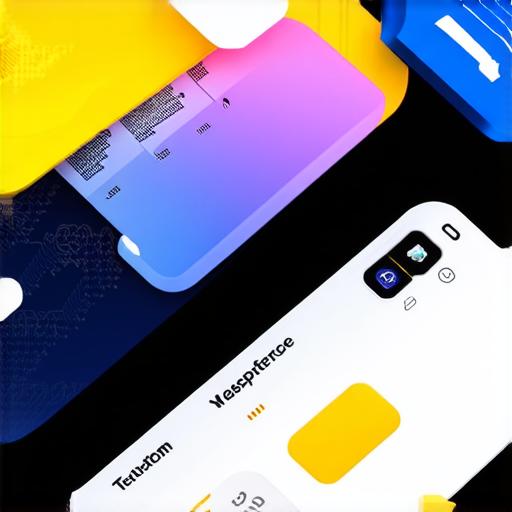Developing a mobile application can be a challenging task, but with the right knowledge and tools, it can be done successfully. In this article, we will guide you through the process of developing a mobile application, from conceptualization to launching.
1. Determine the purpose of your mobile application
Before you start development, you need to have a clear idea of what your mobile application is for and what it should do. This will help you make informed decisions throughout the development process.
2. Choose the right platform
You need to decide whether you want to develop an iOS or Android application, or both. Each platform has its own strengths and weaknesses, so you should choose the one that best suits your needs.
3. Plan the user interface

The user interface is the most important part of any mobile application. It should be easy to use and navigate, with clear and concise content. You can use tools like Sketch or Figma to design the user interface.
4. Develop the mobile application
Once you have a clear plan in place, you can start developing the mobile application. You will need to write code and integrate various features into the application. There are many programming languages and frameworks to choose from, so you should choose the one that best suits your needs.
5. Test the mobile application
Before launching the mobile application, you need to test it thoroughly to ensure that it is free of bugs and glitches. You can use tools like Xcode or Android Studio to test the application.
6. Launch the mobile application
Once the mobile application has been tested and approved by the app store, you can launch it to the public. You should promote the mobile application through various channels, such as social media and advertising, to attract users.
7. Maintain the mobile application
Developing a mobile application is not a one-time task. You will need to maintain the application by updating it with new features and fixing any bugs that arise.
In conclusion, developing a mobile application can be a challenging but rewarding task. By following these steps and using the right tools, you can create a successful mobile application that meets the needs of your users.



